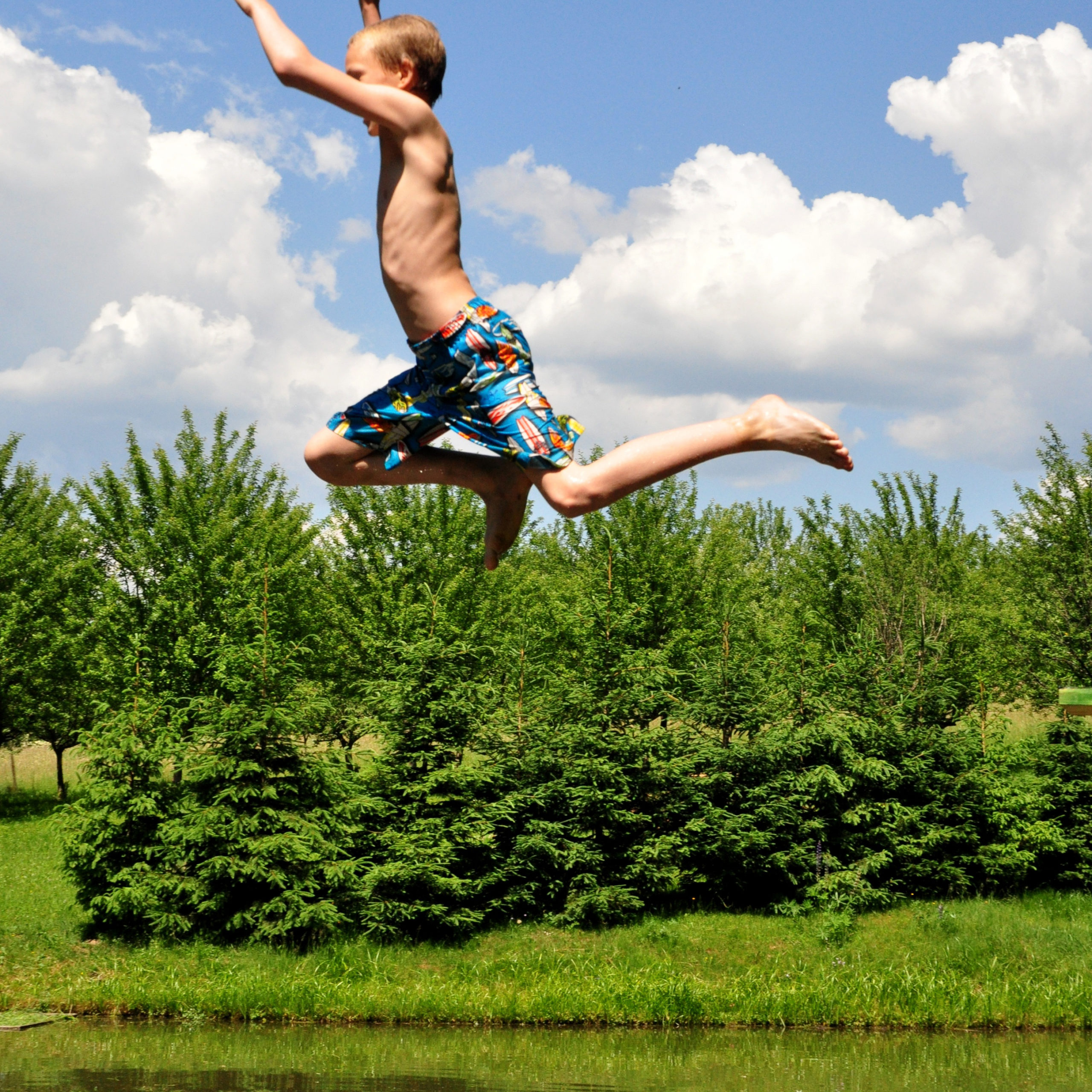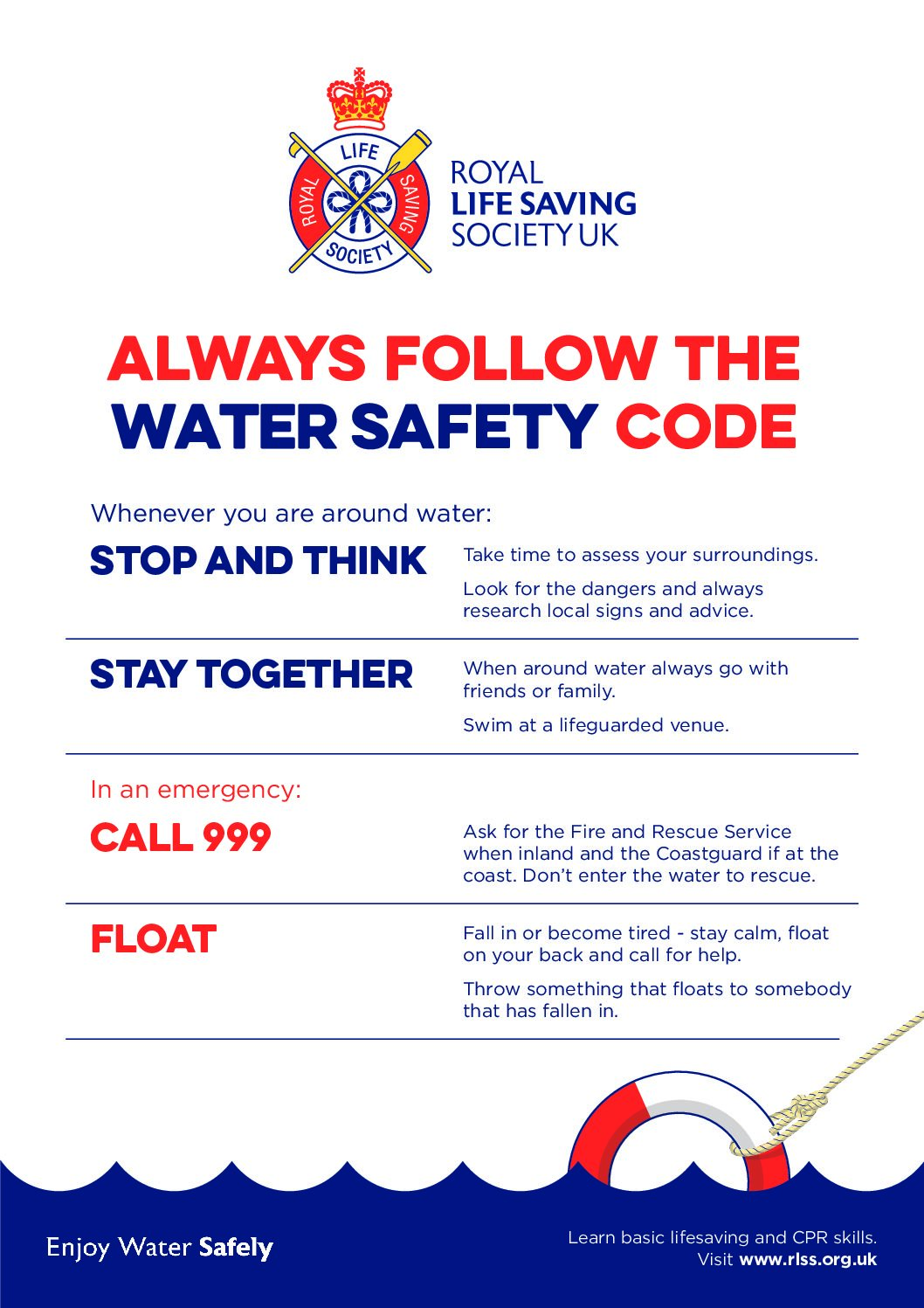Image: Roger Taylor
Tutor & author Ella Foote tells us about about her love for wild swimming & invites us all to take the plunge, plus here’s our list of local pools & other water wonders…
Squelching in mud, legs becoming tangled in weeds & reeds… Ella Foote is refreshingly honest about the discomforting underside of river swimming when she first took to it…
“When I first started, I found river swimming challenging in silly ways,” she admits. “I hated weeds and reeds and the squelchy mud and – at the beginning – I had to learn a lot about the current and how weather and conditions impacted swimming. I would close my eyes when my face was in the water and only open them when I took a breath! But now I love all the quirks of river swimming… Reeds tickling your legs, duck poo between the toes and the strength of swimming against the current.”
Ella, who is director of DipAdvisor and editor of Outdoor Swimmer, grew up swimming along UK coastlines on summer family holidays. She says: “In my twenties I got interested in open water events but lived in Maidenhead, nowhere near the sea! I started to look at the Thames as a solution for training and found a couple of like-minded swimmers on social media. They lived in Marlow and also wanted to start river swimming.
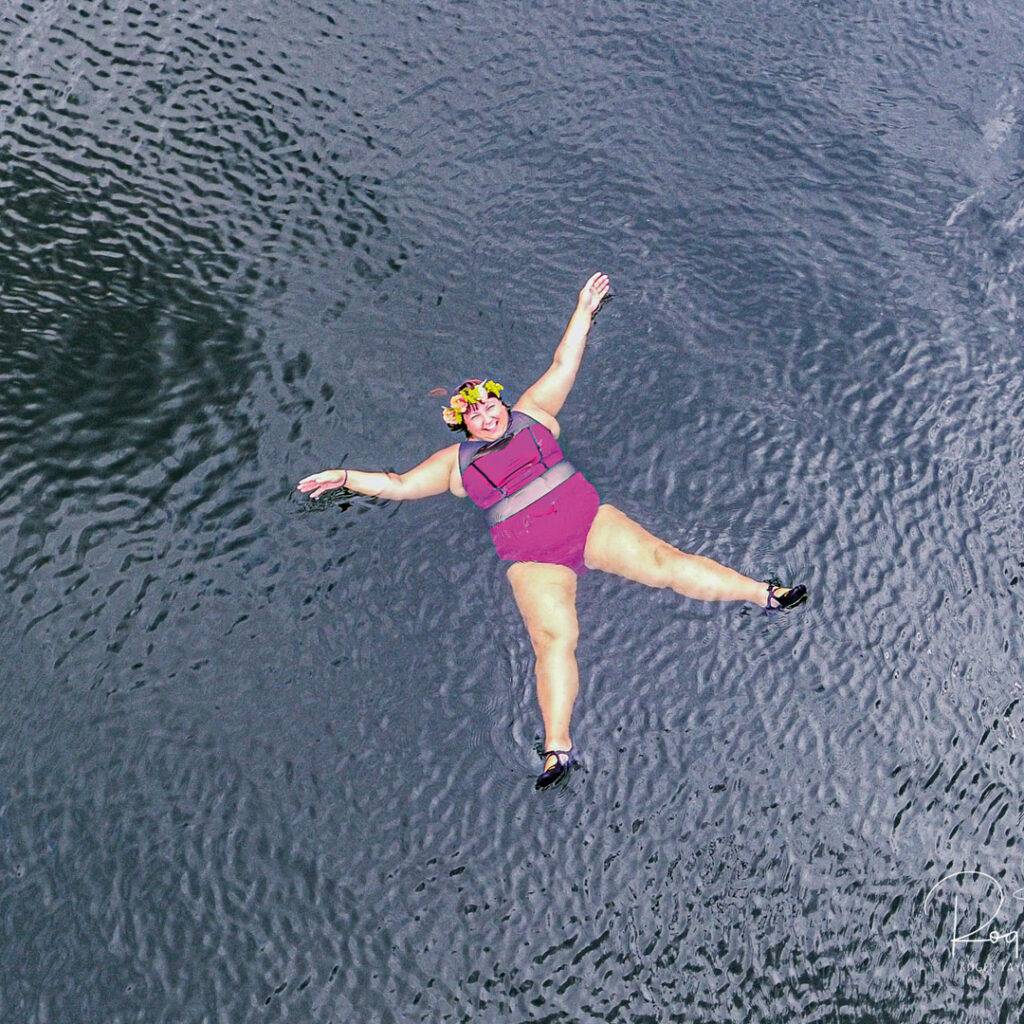
Image: Roger Taylor
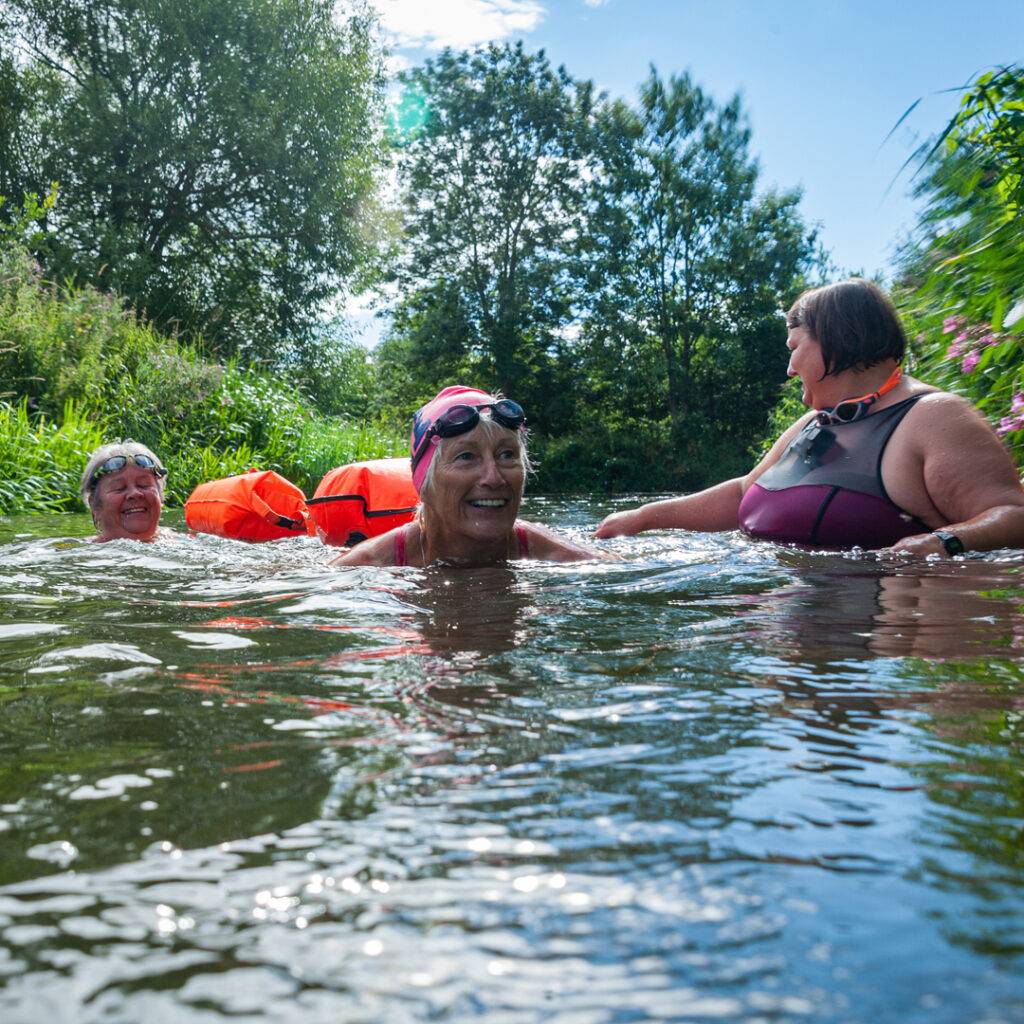
Image: Roger Taylor

Image: Fran McColl
“We met up as complete strangers in Medmenham and plunged in. Back then (early 2000s) not many people were into ‘wild’ swimming. We were seen as odd, eccentric or mad! Our small group went from four, to six, to ten and today there’s a formal group with 400+ members. I now get to swim all over in rivers, lakes and ponds across the home counties. I love swimming in Thames through Oxfordshire, Bucks and into Berkshire.”
As Ella points out, swimming is a great form of exercise for mental and physical health… “And, if you take it outside, all the benefits are boosted. Being immersed in outdoor water is sensory. There are sweet smells of flower and fauna, silk-like silty water on your skin and the sound of wildlife all around. Being eye-level with the earth means you witness nature in a different way. I also love how I feel doing. I feel strong and graceful in the water and, once into a rhythm, can swing long and far.”
Fancy giving it a go? Henley Open Water Swimming club meet on a Saturday at four different locations; visit howsc.co.uk. Also get in touch with South Bucks Bluetits; visit The Bluetits Chill Swimmers.
Dip Advisor offers swim experiences with support and expertise, coaching and teaching: for more info visit The Dip Advisor. And, for stylish, supportive & sustainable swimwear, visit deakinandblue.com.
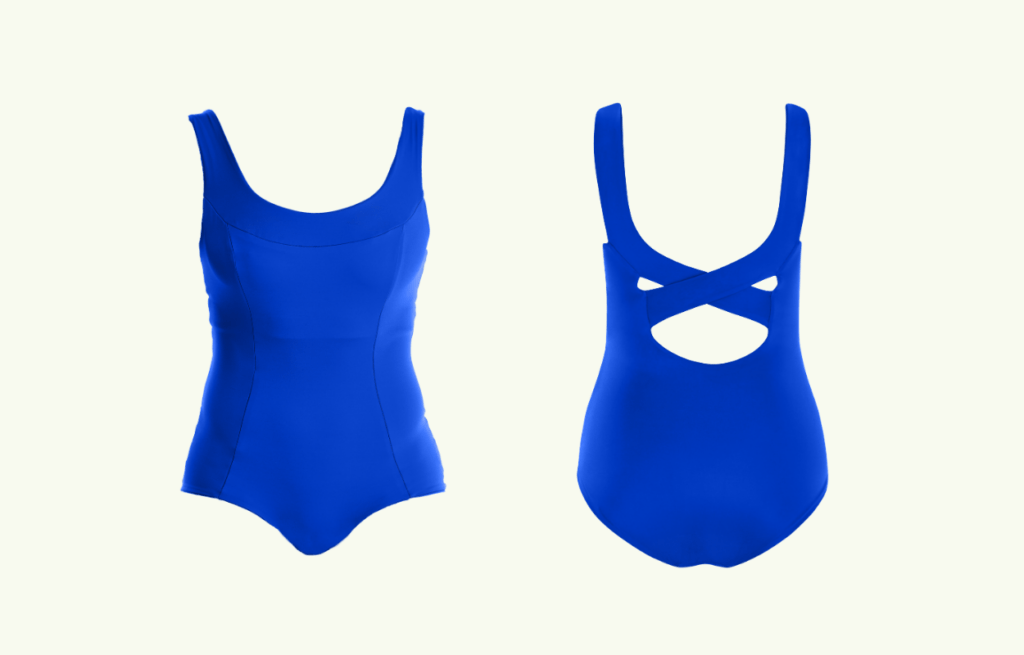


Local pools & water wonders
Chesham open air pool began life in the 1890s for those lucky Victorians who would have used a deep puddle for bathing. Over the years many locals will remember school days spent in a freezing pool learning to swim. Thankfully now it is heated year-round to a much more enjoyable 28C. For added fun enjoy an inflatable course on Saturday afternoons over the summer too. Book in advance for this at Inflatable – Moor Fitness Chesham.
Wycombe Rye Lido boasts a 33m heated pool, with grass and terraced sunbathing areas, a summer’s day at Wycombe Rye Lido is a daydream come true. It has all year-round heating, and also sports underwater lights for those who want to swim when the sun goes down.
Providing a first-class outdoor swimming facility that makes a positive contribution both to the community and to the health and wellbeing of the residents of Woburn and the surrounding areas is the mission of Woburn Lido and they are achieving this with their 23m long and nine-metre wide pool. The variable depth of the pool also makes it perfect for both families and lane swimmers.
Try every kind of water sport going or just drift around on a pedalo at Willen Lake in Milton Keynes where there’s enough to keep you entertained all-day long. Willen Lake is also home to one of the largest splash parks in the country, the state-of-the-art Splash ‘n’ Play with a whopping 60 unique water features including a super splash bucket, water tunnel, sail boat, water cannon, sea serpent and bespoke toddler area. There’s inflatable fun to be had too at Willen Lake at Aqua Parcs which has more than 30 obstacles to navigate and has this year been extended with a further 400m of bouncy thrills and spills to enjoy. And if you can’t get enough water activity then how about trying a kayak, canoe or paddleboarding. Hire a boat and get out on the lake and if you’ve ever fancied windsurfing, wakeboarding or powerboating you can give all that a go here too. Willen Lake is also home to land-based activities too with treetop adventures, archery, an observation wheel and picturesque walking, cycling and running routes to explore.
Longridge Activity Centre in Marlow is another option for a fun day out on the water with kayaking, canoeing, dragon boating, rafting and bell boating all available in addition to a wide range of land-based activities to throw yourself into too. Book on to an activity day or check out the weekend courses. Stand-up paddleboarding, canoeing and kayaking can also be tried at Engage Watersports in Taplow whose team are there to help you “learn by having fun”.
Here’s a different idea for a kids’ party, inflatable Ringos at Denham Waterski Club; visit Denham Waterski Club – where you can also try waterskiing and wakeboarding. Sit on top of a kayak and enjoy a relaxing paddle around the lake at Westhorpe Watersports in Marlow, hire a paddle board and new this season, jump around on the water trampoline.
If open water swimming is your thing then Denham Waterski Club also offers the chance to indulge your passion there. Operating from a secluded and privately owned woodland site, on a sheltered 20-acre lake, there is a 1,000m loop to swim. The Scandinavian log clubhouse enjoys a splendid setting overlooking the lake, with large sun-deck providing close action waterside viewing. Showers, sauna, and large bar area, serving hot drinks and bacon rolls are also available on swim days. Willen Lake, highlighted above, also invites open water swimmers to take on their 400m triangular loop and there’s also the opportunity to enjoy an open water swim at Taplow Lakeside. All venues are NOWCA (National Open Water Coaching Association) affiliated to guarantee a safer way to manage open water swimming at venues.
Water safety tips
It is never a good idea to swim alone in open water, even if you are highly experienced. Beginners should always swim with another more experienced swimmer or at a venue with safety crew or lifeguards.
Choose your venue carefully. NOWCA affiliated venues require all swimmers to wear a NOWCA wristband. The sophisticated safety system allows the crew to keep track of who is in the water.
Open water spaces can harbour harmful microbes. Make sure the venue meets requirements (Directive 2006/7/EC and Bathing Water Regulations 2013)
Go at your own pace. Swim in the stroke you are most comfortable with – except backstroke, you need to see where you are going! Start with a short swim course. If you do find yourself in trouble, stay calm and raise your hand so the safety crew can assist you.
Remember to have fun! There is a strong supportive community and it’s a great social activity. Learn from other swimmers and their experiences. Visit (nowca.org) & (rnli.org) for more advice.











